A couple of mornings ago, I went for a morning walk. I didn’t know where I was going, and I wasn’t entirely sure that I’d find my way back without asking a local for directions. And even then, I could not be certain that person would understand my plight, as I was in Vienna, and residents there speak German, primarily. But many, and it seems most, speak at least passable English.
I walked along the sidewalk in Stephansplatz, the city’s commercial and cultural core. I made my way once more to St. Stephen’s Cathedral, one of the oldest and tallest churches in the world. This structure is simply staggering. Its north-facing roof is colored in a mosaic of 230,000 glazed tiles depicting the city’s Coat of Arms. Its jagged south pierces the sky at a height of 445 feet.
The main entrance, called the Giant’s Door, is flanked by two angels, and the two roman columns on each side rise to 215 feet. Inside, there are 18 altars, total, enveloped in a church setting so richly designed in marble and wood effects that you could spend a lifetime inside and not note each detailed work of art. I was told before entering the church that if you were not a believer, the scope, design and age of the architecture would make you one.
The bells played at the church to mark a morning service — St. Charles uses 23 to ring in its concerts and masses — and it is said that Ludwig van Beethoven finally understood the entirety of his deafness when he noticed birds flapping away from a tower as the bells toiled powerfully, and he heard nothing.
It’s so obvious to understand the history of Vienna, but it does bear noting that we have nothing like this structure in Las Vegas. This is an entirely different dimension of history, and along the way, I’ve been playing a game in my head called “Older Than.” As in, there is flat wear in Griechenbeisl restaurant (established in 1447) that is older than any structure currently standing in Las Vegas. The restaurant itself is older by centuries than the United States.
There is a common characteristic, though, and that is that Vienna, like Vegas, is an international destination. Our traveling troupe, which is the Moreno brothers of Frankie (headliner at the Stratosphere), Tony and Ricky and their family friend and supporter Peggy Ann Armstrong, visited the home of Mozart, took in a chamber symphony performance at the Wiener Konzerthaus (built in 1913), a performance marked by the confident precision of the players, a pair of dazzling ballet dancers and a soprano who finished a piece while standing.
A walk-through at the interactive Haus der Musik reminded us that Vienna was home to Mozart, Beethoven, Schubert and Johann Strauss. We were led to such artifacts as the original Johann Nepomuk Della Croce's portrait of Mozart’s family (finished in 1780) and a piano once played by Beethoven himself.
As in any international tourism city, there are a few dead ends. As noted at Haus der Musik, Beethoven changed residences 67 times in 35 years while living in Vienna, owing to loud performances and an undying yearning to locate inspiration. We visited four residences professing to be a home of Beethoven, only to discover that none were, definitively, actual homes of the great composer. Time and again, we would read about an apartment on the city’s fringe that was said to be a home of Beethoven, only to realize, on a sign inside, that “we can’t be certain that this was a home of Beethoven’s, but he likely resided in this region and lived in a dwelling similar to this one.”
Twice we were shown the “actual” Beethoven death mask. At the second death mask, Frankie remarked, accurately, “That doesn’t look anything like the first Beethoven death mask.” I’d secretly hoped to see a series of such masks and try to sort out which is, in fact, the final mask of Beethoven.
Vienna is now in the recent past, but other trips are planned to this city now that the seal (for me, at least) has been broken. Today, we’re in Florence, on a trip where walking, experiencing, eating and writing consume every moment.
Follow John Katsilometes on Twitter at Twitter.com/JohnnyKats. Also, follow “Kats With the Dish” at Twitter.com/KatsWithTheDish.
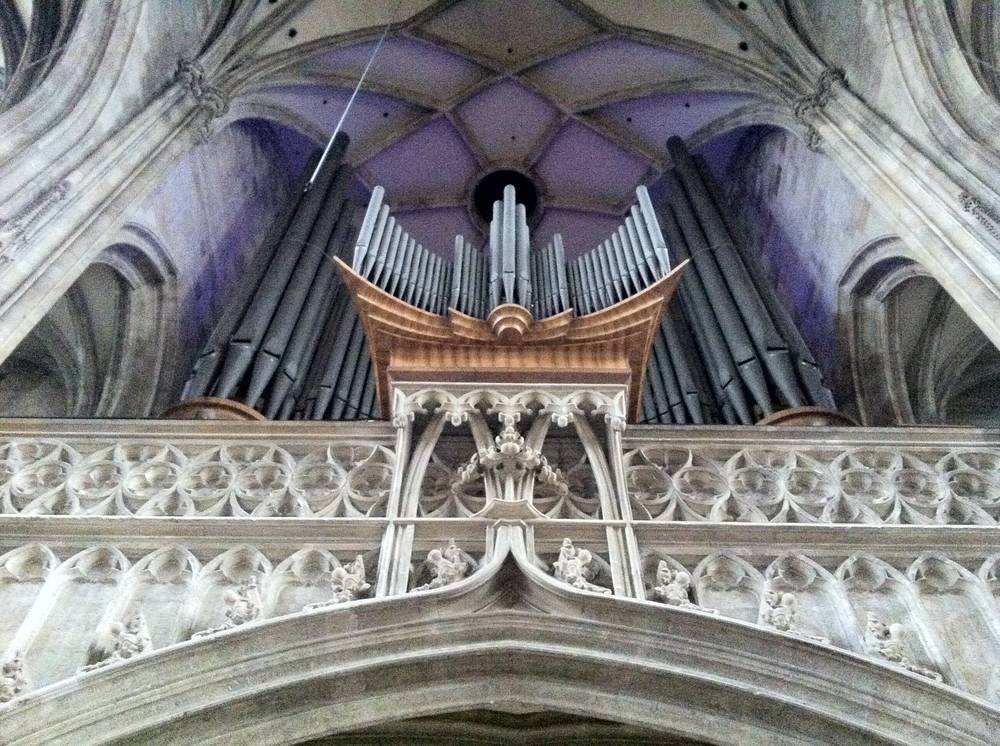
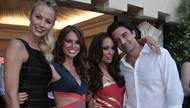

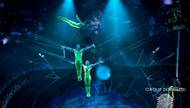

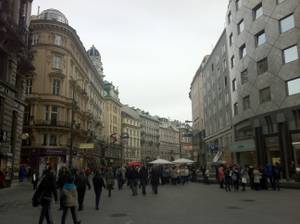
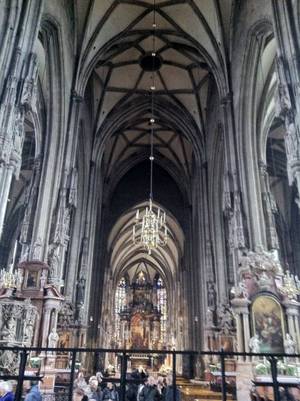
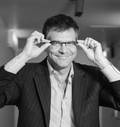
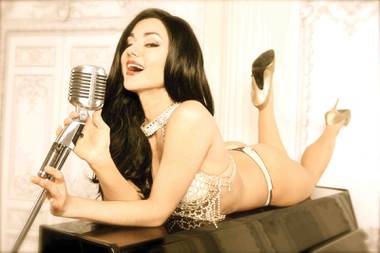
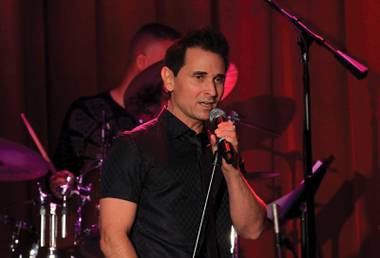
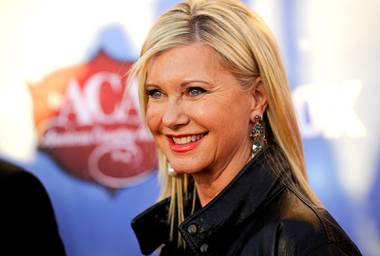
Previous Discussion: